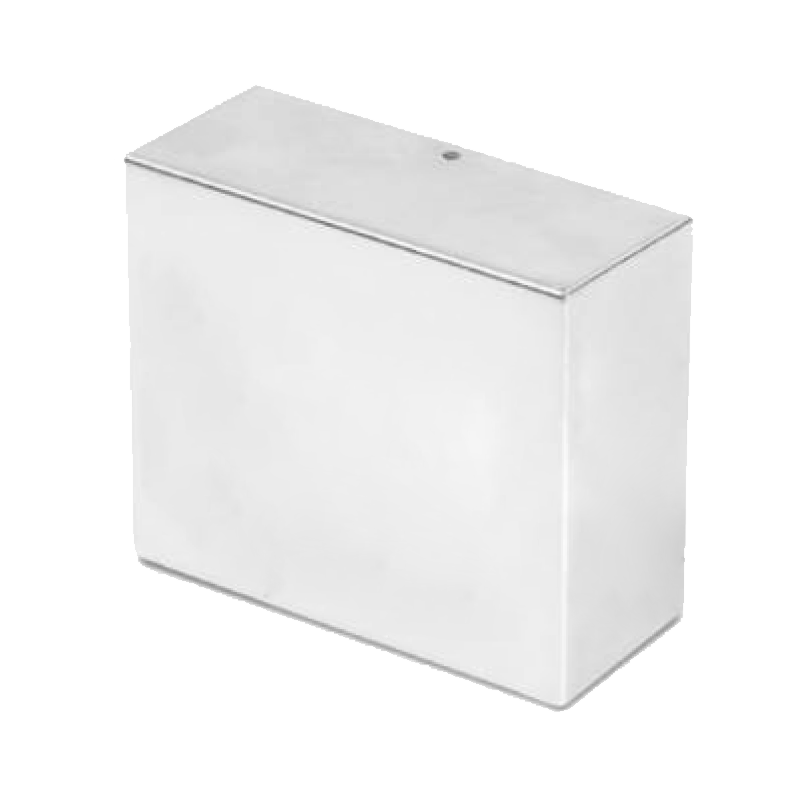Innovative Applications of High-Voltage Power Supplies in Environmental Protection Technologies
Against the backdrop of increasingly urgent global environmental governance needs, high-voltage power supply technology has emerged as a key driving force for innovative breakthroughs in the environmental protection field, leveraging its unique physical properties and energy regulation advantages. This special type of power supply, capable of delivering voltage outputs ranging from thousands to millions of volts, has demonstrated disruptive application potential in pollutant degradation, resource recycling, and clean energy development through deep integration with various environmental protection processes.
1. Breakthrough Applications in Water Treatment
Traditional water treatment technologies face efficiency bottlenecks when dealing with micro-pollutants and emerging contaminants. High-voltage power supplies have opened up new pathways by creating strong electric field environments. In electrocatalytic oxidation processes, high-voltage pulse power supplies can generate nanosecond-level pulsed electric fields on electrode surfaces, causing water molecules to dissociate into highly reactive species such as hydroxyl radicals (·OH). These strongly oxidizing radicals can break through the stable molecular structures of organic pollutants, rapidly mineralizing refractory drug residues, pesticide intermediates, and other substances into carbon dioxide and water. Experimental data show that compared with traditional chemical oxidation methods, this technology can increase the removal efficiency of diclofenac by 40%-60%, while reducing the reaction time to one-third of the original process.
In the field of wastewater desalination, membrane separation technologies driven by high-voltage power supplies are revolutionizing traditional reverse osmosis processes. By applying a DC high voltage of 20-30kV, a high-intensity potential gradient can be created on both sides of the ion exchange membrane, significantly reducing the concentration polarization effect. This new electro-driven membrane system not only improves salt rejection efficiency to over 99.5% but also achieves simultaneous treatment of high-hardness and high-COD wastewater, demonstrating stable performance in zero-discharge projects for coal chemical wastewater.
2. Electrical Field Innovations in Air Pollution Control
Aiming at the complex pollution of PM2.5 and volatile organic compounds (VOCs), plasma technologies supported by high-voltage power supplies have achieved synergistic control of multiple pollutants. Dielectric barrier discharge (DBD) devices, excited by 10-50kV AC high voltage, can generate low-temperature plasma regions containing electrons, ions, and excited-state molecules. The high-energy particles in these regions collide and ionize nitrogen oxides (NOx), promoting their conversion into highly absorbable higher-valent nitrogen oxides, while VOCs molecules are fragmented and degraded in the strong electric field. Industrial application data shows that this technology can achieve a removal efficiency of over 85% for benzene series compounds and triple the coagulation efficiency of PM2.5 particles, effectively reducing the load on subsequent dust removal equipment.
In the field of desulfurization and denitrification, high-voltage pulse corona technology has shown unique advantages. Nanosecond-level pulsed high voltage (with peak voltages up to 100kV) induces non-equilibrium plasma in the reactor, activating sulfur dioxide (SO₂) and nitrogen oxides (NOx) molecules in the flue gas into active groups, which can rapidly neutralize with injected ammonia without the need for catalysts. This process breaks through the temperature limitations of traditional SCR technology, maintaining a comprehensive removal efficiency of over 90% in low-temperature environments of 100-150°C, providing a new paradigm for flue gas treatment in industries such as steel and glass.
3. Electrical Field Empowerment in Solid Waste Treatment and Resource Recycling
Innovative applications of high-voltage power supplies in solid waste treatment focus on enhancing material conversion efficiency. In the plasma melting treatment of hazardous waste, 30-50kV high-voltage arcs generate high-temperature plasma torches exceeding 3000°C, rapidly cracking organic components in medical waste and electronic waste into syngas (CO+H₂), while inorganic components are melted and solidified into inert glass bodies. A notable advantage of this technology is its ability to decompose persistent organic pollutants such as dioxins with a decomposition rate of over 99.99%, while enabling efficient recovery of metal resources. Compared with traditional incineration processes, it reduces the leaching toxicity of heavy metals by over 90%.
In the field of sludge reduction, high-voltage pulse electro-disruption technology has opened up a new green treatment pathway. By applying 20-40kV pulsed high voltage, micro-electric fields are created between sludge particles to break down cell walls, converting intracellular bound water into free water. This physical disruption technology eliminates the need for chemical agents, reducing sludge moisture content from 80% to below 60%, and cutting subsequent thermal drying energy consumption by over 50%. Life cycle analysis shows that this process reduces carbon emissions by 35% compared with traditional chemical conditioning processes, aligning with the requirements of circular economy development.
4. Future Development Trends and Challenges
Despite the significant achievements of high-voltage power supply technology in environmental protection, its large-scale application still needs to overcome key bottlenecks. On one hand, technical challenges such as improving the reliability of high-power density power devices (e.g., optimizing the service life of IGBT modules under pulsed conditions) and precise regulation of electric field distribution (e.g., three-dimensional non-uniform electric field modeling) urgently require solutions. On the other hand, interdisciplinary innovation (such as electrochemical-biological combined processes) and intelligent operation and maintenance systems (such as machine learning-based power supply energy efficiency optimization algorithms) will become core directions for future development. With the continuous advancement of materials science and power electronics technology, high-voltage power supplies are poised to become a core hub technology connecting pollution control and energy regeneration under the drive of carbon neutrality goals.




















